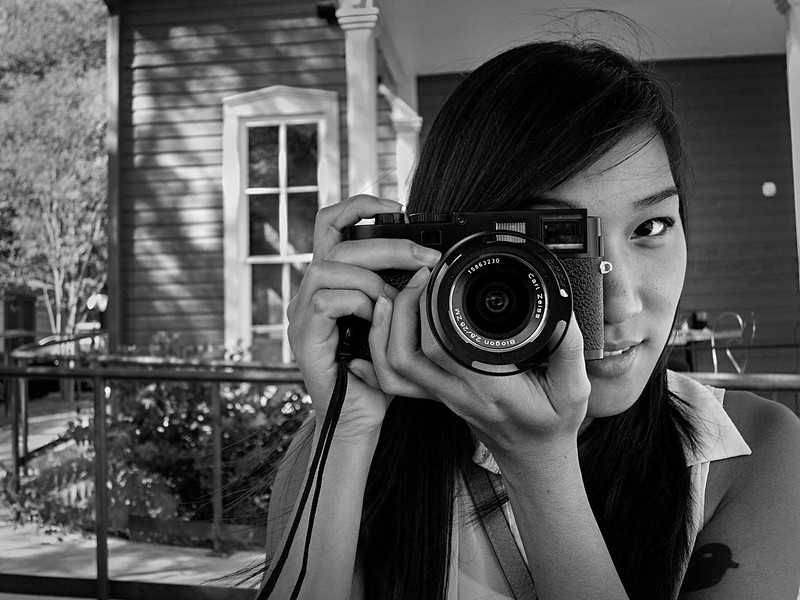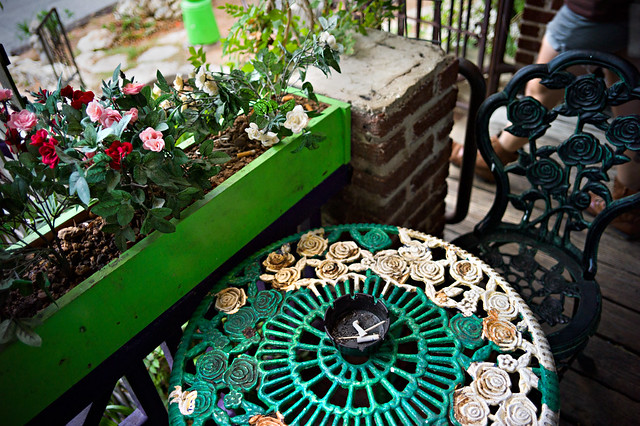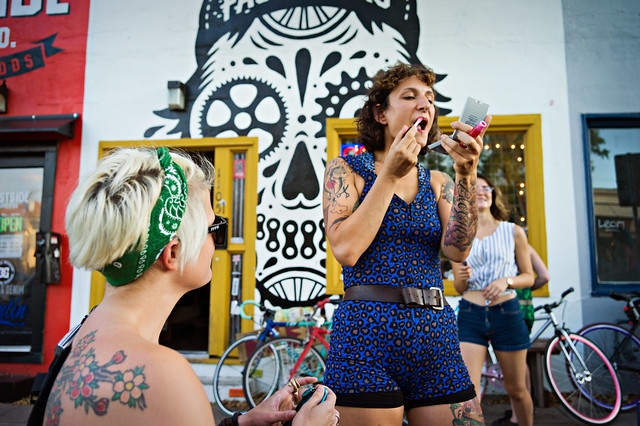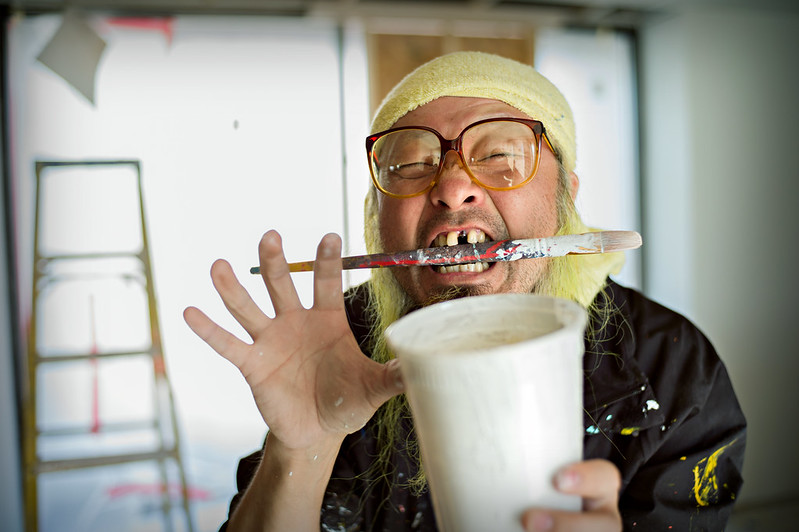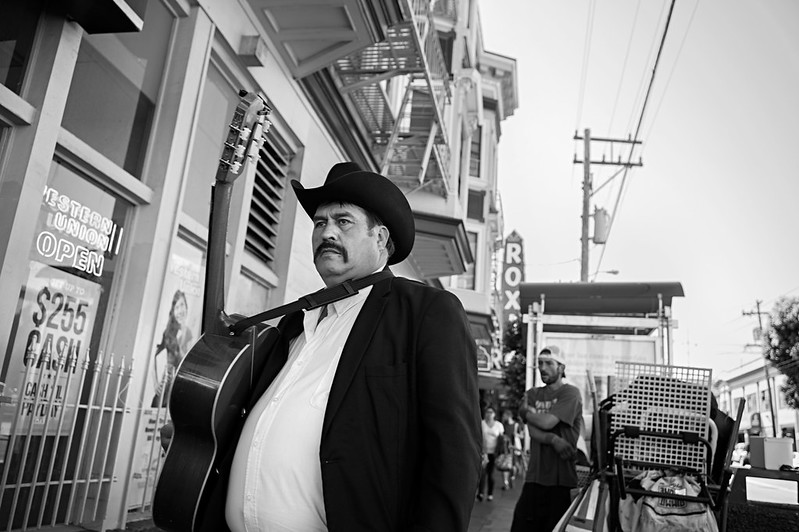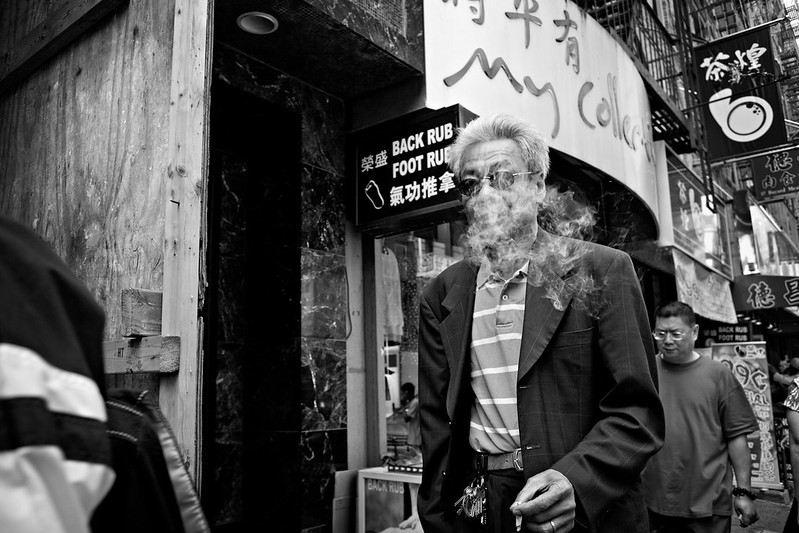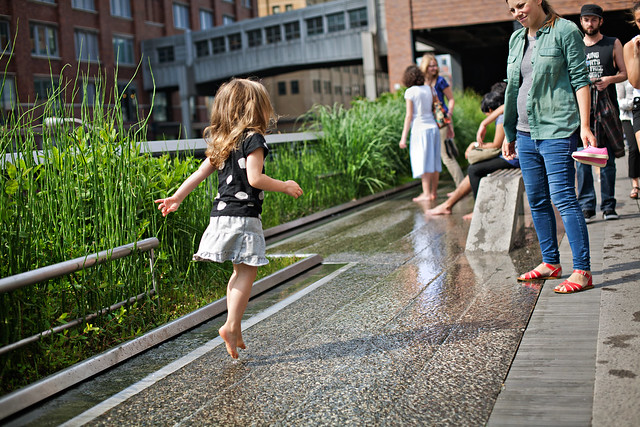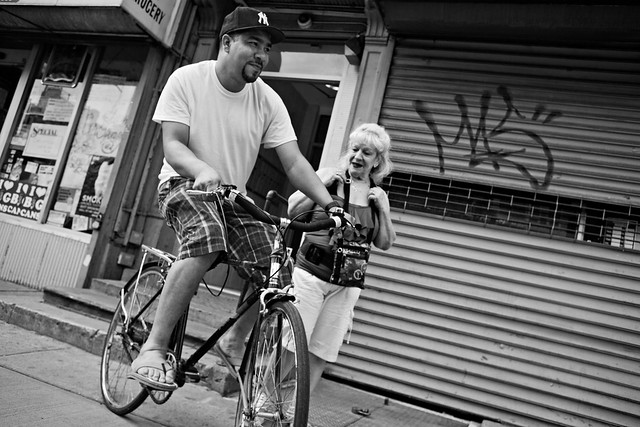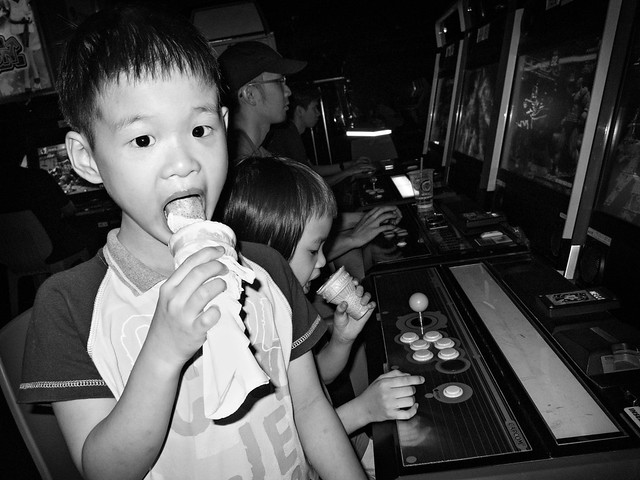The best picture I've ever taken
Instead of just showing you the photo and giving a backstory... I'm going to give a little spiel on my opinions on judging photography:
Most people think that photography, like most art, is subjective.
When you think of something like swimming, a "good" swimmer is one who can swim faster than others, with the fastest swimmer being the one who has the best time for a set length.
What parameters can we use to rate photography? Which qualities make up a good picture? And do the opposites of those qualities denote a bad one?
-Common parameters for judging a photo:
Just like in music, where all songs have a sense of tonation and rhythm, I feel like all photographs share these following parameters:
- Composition -
Composition refers to how elements(or lack of) interact in a given space. A key difference between an photograph and what we see with our eyes is that an image's plane is finite and locked. A photographer can use composition to his or her advantage by being smart about where they place objects in their image. The goal in my opinion is to have a photo that engages the viewer and makes their eyes travel across the image. Common techniques used are getting close and the rule of thirds. One "cool" aspect about composition is that there are really no rules, sometimes there are arrangements that can't be explained... but are just appealing to the eye for some random reason.
- Subject matter -
Often times an interesting subject can make or break a photo. Often times I see photos that capture a particular environment well, but lack a focal point for the viewer to put everything into context. Personally I think people are the best subjects, since a viewer can immediately draw a lot from looking at the subject by their height in relation to other objects, their clothes, or their expression.
- Clarity (or lack of) -
A good way to make a viewer focus on your subject is by either focusing on the subject and using a very shallow depth of field or by using slow shutter speeds to interoduce motion into the photo. On the other end you can add complexity or ambiguity by making everything in focus or totally blurry.
-comparableTo(photograph)
I don't think there will ever be something like this:
Photograph a = new streetPhoto()
Photograph b = new streetPhoto()
a.takephoto()
b.takephoto()
a.comparableTo(b) => ???
We usually use a comparableTo function to tell us if an object is greater, less than, or equal to another.
Given 2 random photos, one of... let's say a car and the other a sunset, it's really hard to say that one photo is better or worse than the other.
But if you narrow the spectrum by comparing photos of a specific genre, perhaps 2 portraits in a similar setting, we can start to come closer to having a non trivial comparison.
Common subcategories of photography off the top of my head are portrait, landscape, street, photo-journalism, abstract, black & white, and color. A photo can belong to many of the categories, which makes things more difficult.
These categories have been created naturally by society's tastes, just like genres of music. And just like how a guitarist can focus on specific styles of music such as rock or classical, I believe a photographer can focus similarly on specific styles.
Still, even with 2 similar photos, it's hard to have a clear "winner." It's all about building a vocabulary so that we can start to have conversations about photos.
When first starting out, a guitarist may start off playing a large variety of music. One could start off by learning Ode to Joy, then some classic folk songs, and then maybe something by The Beatles. They get a feel for each category and then go down the path of learning one or two specific ones.
Likewise, a photographer generally will specialize once they've had a taste of most of the types. I know several great photographers that can't take a good portrait, and tons of great portraiture photographers who can't take a good landscape. It's amazing to think about the variety of skill sets you need for each category of photography, and how they differ between each subset.
Continuing the music analogy, the closest thing we have in photography to sheet music, which is how most musicians first learn how to play different songs, are the photos that have been taken by other photographers.
Online, art galleries, and photo books... there are tons of resources out there for any starting photographer. And just like how there are master musicians, actors, and atheletes that excell at what they do, there are many photographers to look up to and learn from.
We must first learn what has been done and learn the possibilities that have been explored already before we can truly break the rules and do something extraordinary with photography.
I tend to believe I have knowledge of street and black & white. I've spent many afternoons at art libraries looking up works from photographers such as Henri Cartier Bresson, Elliot Erwit, and Gueorgui Pinkhassov for street photography, and gained a heavy appreciation for black & white from Ansel Adams.
I spend a lot of time on Flickr, and I love my favorite photos gallery and draw inspiration from it all the time. I highly encourage anyone trying to start photography to create a Flickr, Tumblr, or Pinterest account and keep track of all the photos the enjoy online. Later you can try to recreate those photos inorder to broaden your skills.
-Street Photography
Street photography is hard to define, but I think most street photos have these qualities:
- Spontaneousness -
I believe that street photographs have to have a sense of being unplanned. The thing is, it's kind of hard to walk with your camera always on and with your finger at the shutter button. It drains your battery... and it sort of makes you look weird too. The trick is to have a keen sense of prediction. You have to be good at seeing an event unfold. At that point, is the time that you actually get your camera ready, set your settings, focus, and take the shot. Street photography is all about knowledge of how the world flows, and the road to becoming a better street photographer involves getting to know society better. The opposite of a spontaneous photo is one that is meticulously planned, which usually involves crews of people, make up artists, and artificial lights. These photos can be good... but I'm not creative enough to design an elaborate shoot.
- Human Condition in urban environments -
This is kind of a weird one, but I believe a street photo should be about human interaction with the man-made world around them. The photo doesn't have to make a particular statement all of the time, but if you look at the photo, or a collection of street photos from a given area, it should give the viewer a sense of how it was to walk around or be around that area in that time period.
-
Presence or absence of the photographer -
Does the photographer like to be noticed by his or her subjects (are they looking at the camera?). Does he or she like to appear in their pictures via reflections or shadows? I personally like to be nowhere in the photo.
-
Personality of the photographer -
Since street photography is a lot about split second decisions and intuition... it really reveals what the photographer values and how they see the world. One of my favorite street photographers, two cute dogs, has his personality exploding through in every photograph he takes.
-Black and White
Black and white is quite a bit more broad than street photography, but perhaps I can help guide people the right way with these topics:
- Shadows, midtones, highlights -
While these terms are really important for color photos as well, I feel that tonal range plays a slightly more important role in black and white photos due to the lack of color. Shadows refer to the dark parts of the images, highlights refer to the bright parts, and midtones refer to everything inbetween. Personally I like photos that exhibit a full tonal range, which is a photo that has the complete spectrum of bright to dark tones. Photos that lack intense shadows, tend to be light and airy. Photos that have very few highlights or brighter midtones tend to be dark and heavy. The balance of tone in an image can drastically change the mood in any photo. Even though he is only known for landscapes, I consider Ansel Adams to be a master of tone. His photos are so intricate and balanced that I feel like I could take a swim in them.
- Tips on black and white -
I feel like the best introduction to black and white photography is to shoot film and to print your own photos in the darkroom. You might be reading this and go "I have no time for that!" or "I don't have access to a darkroom!" You'd be amazed at the facilities at both community colleges and local film developers. And if you feel like you don't have time to improve your photography... well why the hell are you reading this anyways. There are many reasons why developing anolog film helps your photography even in the digital world:
- It slows the process down
-
Everything takes longer when you use film. The development of both the negatives and prints both take a noticibly longer time than working with digital files. Also there is no undo button, which means when you fuck up while developing, you usually have to start over... or become creative.
- It's tangible
-
Whe most useful tools in photoshop for photography in my opinion are dodge and burn in the darkroom you are physically doing both of these, and you gain a better understanding of the process.
- It's wet -
If you touch the photo, it brings you closer to understanding it. A lot of photographers and print makers refer to the term "wet" in a weird way. I'm only beginning to understand the term, but I believe it has to do with he whole process of making a print, especially the shine that you can give a photo.
When each photo now costs over a quarter, you start to care more
If you can't take a class, it even helps to look at printed photos, both in books and in galleries since if printed right... they show a better range of tones when compared to a computer screen or ipad. I feel strongly that you will NEVER understand tone unless you look at printed images. Prove me wrong =).
-Best Photo I've ever taken(in my opinion)
Well here it is.
Most of my photos tend to be very personal, which implies that most of the photo I take have a meaning that lies with the story that goes along with it. I strongly feel like many of my photos cannot stand alone without a story or a caption.
Even though this photo has a very lengthy backstory, I feel like it can stand alone since it's an interesting photo. It has a full tonal range (thanks to dodge and burn), it pops, and it has a strong composition that leads the viewer's eyes around the image. There are very few photos that I've taken that I think are worth while to print largely. This happens to be one of them.
However if you do want to read the back story here's the reddit post about it.
tl;dr
If you've reached this point and you haven't read most of the article... I know it's very lengthy, but I wrote this in hopes of being able to have conversations about photos rather than just talk about stuff I'm apathetic about when hanging out. So read it in small chunks!
